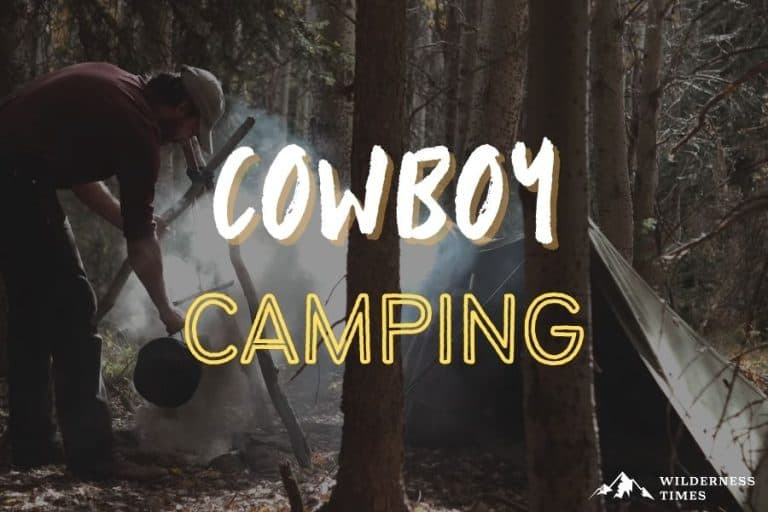Cowboy camping – it doesn’t just sound incredibly cool, it is incredibly cool.
There might not be any horses, lassos or spurs involved, but one thing that’s guaranteed is a whole lot of adventure. Just like a cowboy camping out in the Wild West – minus the horse.
If you want to find out all about cowboy camping, what it is and how to do it, you can read all about it in this article.
Let’s take it from the top.
Table of Contents
ToggleWhat Exactly Is Cowboy Camping?
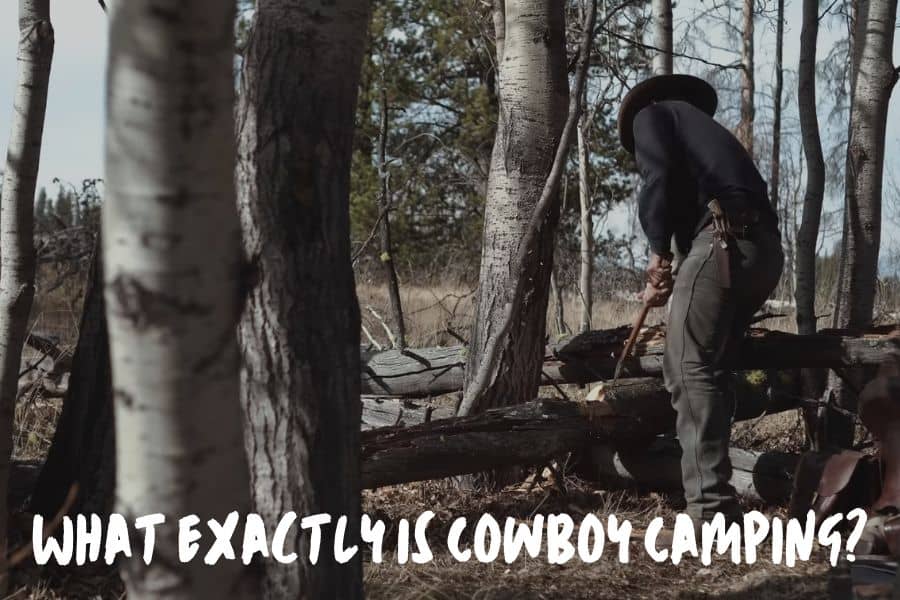
In a nutshell, cowboy camping is sleeping out under the stars without a shelter.
Usually, all you’ll have is a sleeping pad and sleeping bag, or a bivy sack.
It’s also a good idea to pack a camping tarp, which you can use as both a groundsheet, and a backup rain cover in case you get a downpour.
The Advantages
There are 2 main ideas behind cowboy camping:
- You don’t have to waste any time setting up and packing up your campsite, leaving you more time to hike and explore if you’re backpacking
- You can achieve a deeper connection with nature by immersing yourself in it completely
The first is more of a logistics issue. If you’re backpacking and you want to get a really early start to your day, it’s much easier when all you have to do is roll up your sleeping bag.
Plus, setting up a tent in the middle of the night can be tricky. But, rolling out a sleeping pad and tucking yourself in can be done smoothly and swiftly in pitch darkness.
The second idea, however, is much deeper than that. The unique experience of sleeping in the wilderness, under the stars with no cover is profoundly liberating.
That’s why more and more people are falling in love with this type of camping.
The Disadvantages
As wonderful as sleeping under the night sky can be, don’t expect it to be super comfortable straight away.
Don’t get me wrong – some people might feel fine the first time around. On the other hand, a lot of people will feel vulnerable and maybe a little bit afraid when sleeping out in the open for the first time.
Here’s the thing, though:
It’s purely psychological.
You see, when you’re in a tent, other than weather protection, you’re pretty much just as vulnerable as you would be without a tent. Bugs, snakes and critters can all make their way into your tent fairly easily – not to mention mountain lions and bears.
Don’t worry, though. Most animals want to avoid us just as much as we want to avoid them, so if you make sure to pack your food safely, you’ll be fine. But more on that further down.
The point is, cowboy camping can take you a lot further out of your comfort zone than tent camping.
But, at the same time, that’s precisely what makes it so great.
Getting over that psychological barrier and allowing yourself to let go and feel free and comfortable in the wild… That’s what makes cowboy camping such an enriching experience.
Essential Cowboy Camping Gear
One of the best things about cowboy camping is that you don’t need a whole lot of gear.
Minimalism is the name of the game here.
Other than water, food and some basic cooking gear like a mess kit and a camping stove, all you really need are a few lightweight items to keep you warm and dry.
Sleeping Pad
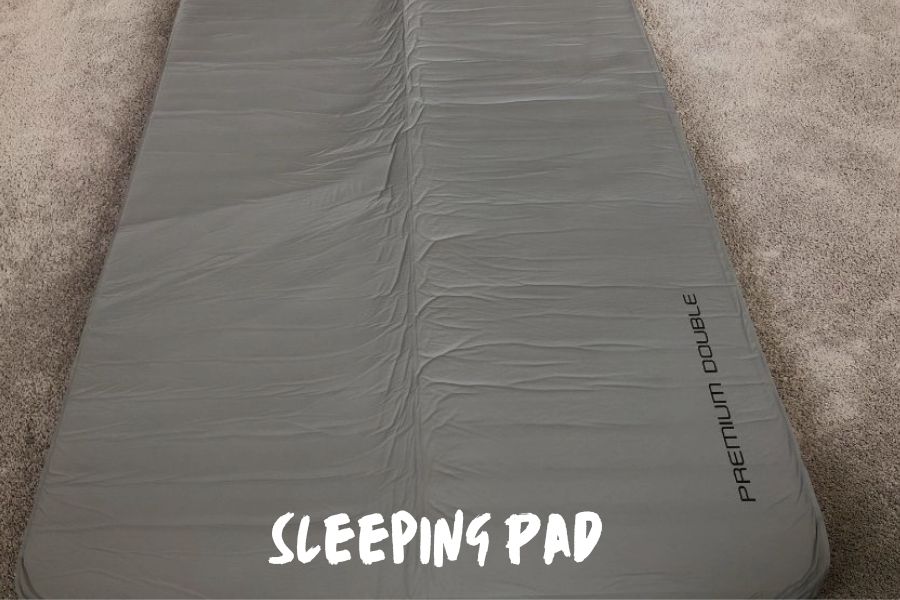
Now, some people don’t even take a sleeping pad. Hardcore cowboy campers would probably call me out for even including it on this list.
But, to me, the point of cowboy camping is immersing myself in nature and sleeping under the stars. Not breaking my back and freezing my butt off on the cold, hard ground.
So, if you also enjoy some degree of comfort while you sleep, I suggest taking a lightweight sleeping pad to lay out underneath your sleeping bag.
If you’re sleeping out in colder weather, make sure you get a sleeping pad with an adequate temperature rating.
Sleeping Bag
A sleeping bag is something – I think we can all agree – you definitely need to pack.
Again, the temperature rating is super important. You wouldn’t want to be in a winter sleeping bag on a hot summer’s night any more than you’d want to be in a thin, summer bag in the snow.
If you’re cowboy camping in cold weather, make sure to get a sleeping bag with a temperature rating at least 15 degrees below the temperatures you’re expecting on your trip.
Also, keep in mind that a mummy shaped sleeping bag is better at keeping you warm in low temperatures. A rectangular bag can be unzipped and used as a quilt, making it a better choice when you’re camping in hot weather conditions.
Bivy Sack
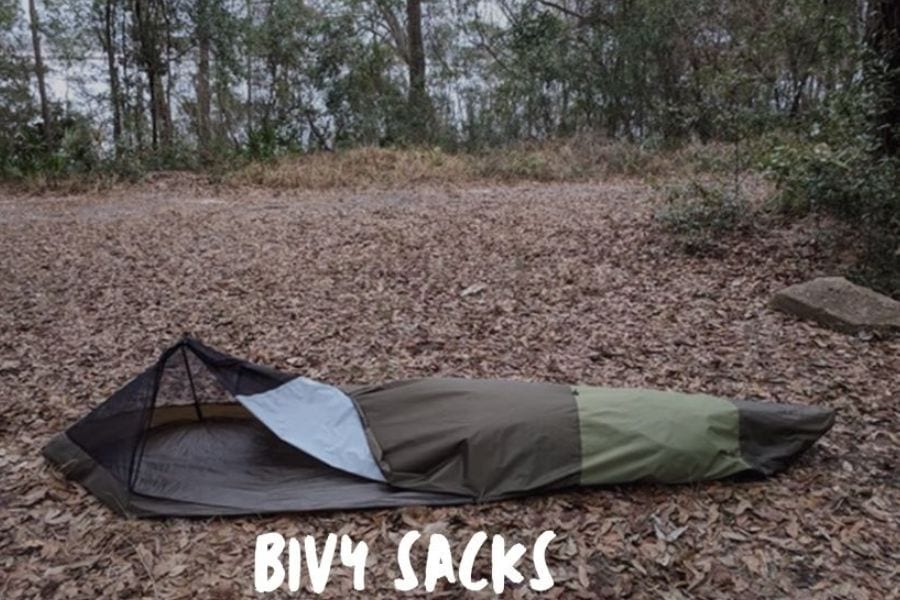
A bivy sack is something that you can choose to take with you, but you definitely don’t have to.
What’s a bivy sack and what is it for?
Well, it’s basically a weatherproof cover for your sleeping bag and/or sleeping pad. So, if you’re sleeping out in wet, windy weather, having a bivy sack will give you added protection against the elements, keeping you warm, dry and cozy.
If you’re cowboy camping in fine weather, you probably don’t need a bivy sack. But, if the weather gets rough, you’ll be glad you packed one.
Camping Tarp
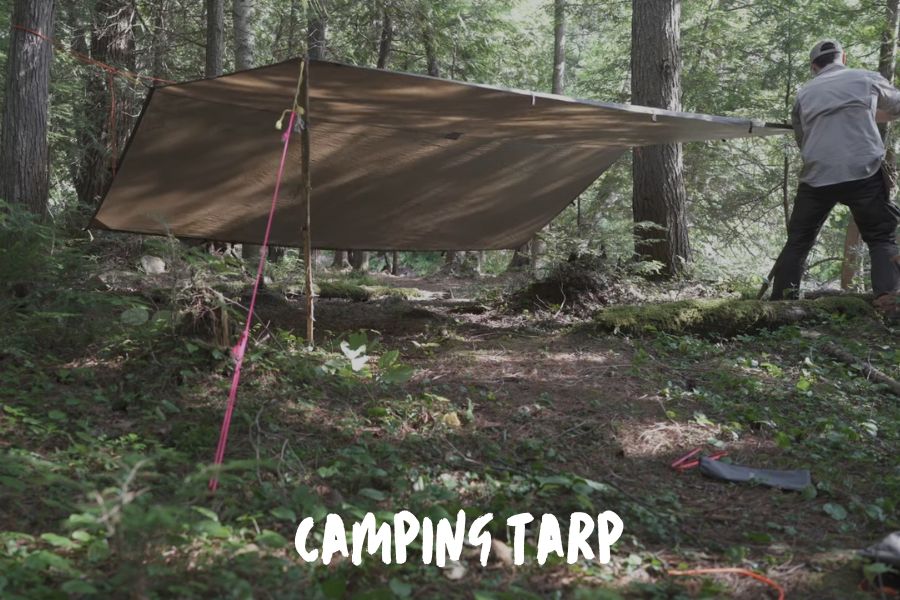
Finally, it’s always a good idea to pack a tarp.
You can put it underneath your sleeping bag and/or sleeping pad as a groundsheet. That way, you’ve got a waterproof layer that ensures you stay dry, plus it protects your gear from getting damaged like it might if it was on the ground.
But that isn’t all a tarp is good for.
If you get any unexpected bad weather, you can use your tarp to protect yourself from the rain and wind.
You can roll yourself up in it to stay dry. Or, you can make a quick shelter using your hiking poles or surrounding trees and rocks, and some rope and tent stakes or heavy stones.
Finding A Campsite
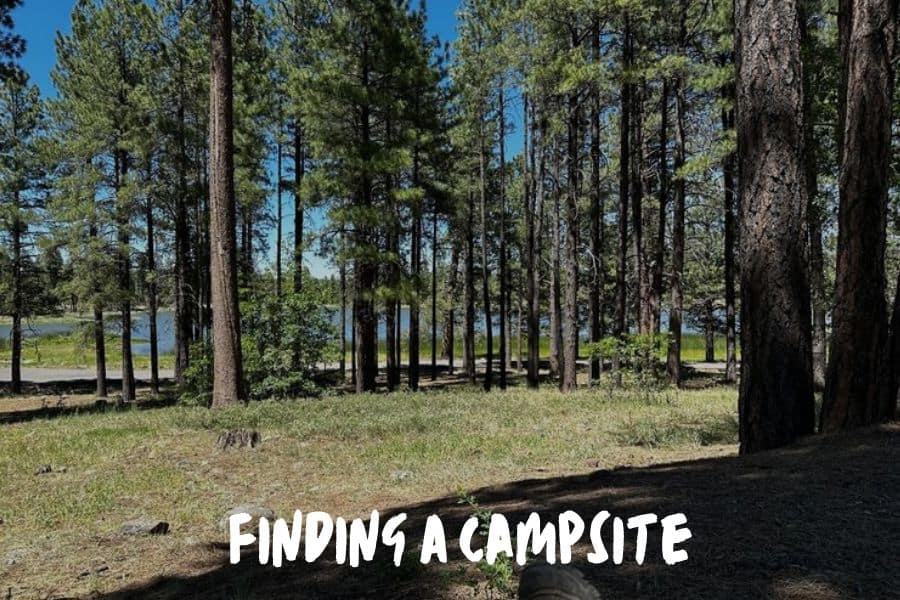
There are loads of places all around America where you can camp for free. The best thing to do is find out if there’s a free campground in the area you’re headed to and if there is, stick to those. There are so many beautiful secluded campsites with striking vistas all over the US.
As far as choosing a spot goes, one of the most important things to look for is a spot that’s dry and flat. Spots that are on higher ground will be drier than those closer to sea level.
Also, if you elevate yourself a bit from nearby bodies of water, you’ll get a whole lot less mosquitoes bothering you.
If you’re using a sleeping pad, you can sleep on tougher surfaces like rock or tough dirt. But, if you’re only using a sleeping bag, you’ll want to try to find some softer terrain.
Obviously, you’re going to be much more comfortable if you haven’t got blowing straight through you. So, just like you would if you were pitching a tent, try and find a natural windbreak. This could be a row of trees or rocks, for example.
And on an endnote, while it might seem like a brilliant idea – don’t sleep in a cave.
Just don’t.
Caves are home to plenty of bats, mice and rats, to name a few.
Need I say more?
4 Helpful Tips For Cowboy Camping Beginners
If you’re enticed by the idea of cowboy camping and you want to give it a shot, I say go for it.
Hold up though, partner – there are still a few more things you need to do to prepare.
After all, the key to a successful cowboy camping experience is definitely good preparation. You need to be ready for anything that could happen.
Here are a few tips to help you prepare for your trip:
Check The Weather Forecast
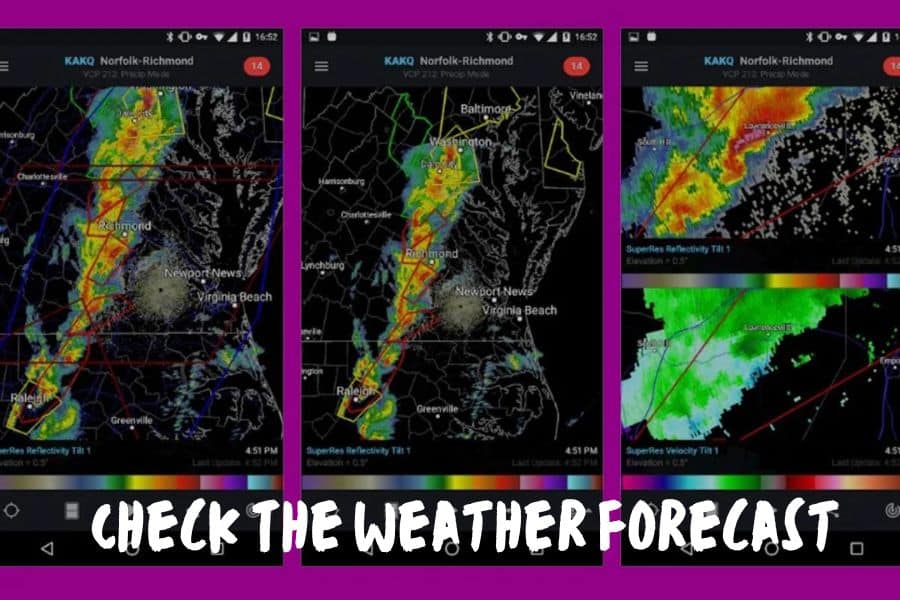
Needless to say, when you’re sleeping outside with no shelter, the weather plays a huge role.
So, keep a close eye on the weather forecast in the days leading up to your trip.
Knowing what you can expect means you can pack the right kind of gear.
If you’re new to cowboy camping and the weather forecast doesn’t look good, you might want to consider giving it a miss.
But, if you feel adventurous and you want to go through with it anyway, take a bivy and a tarp and you should be just fine.
Find Out About Local Wildlife
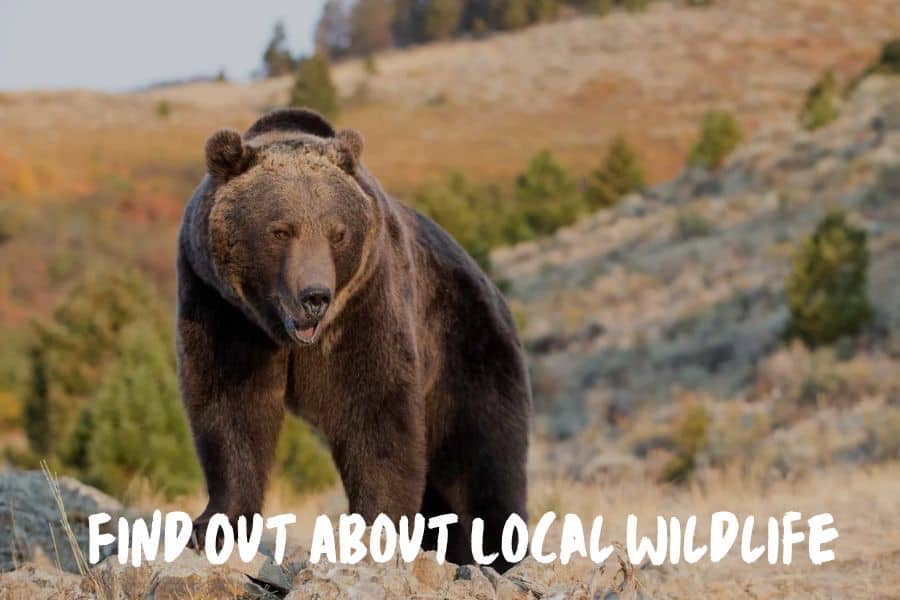
It’s a good idea to inform yourself about the different animals that live in the area you’ll be camping in.
If there are bears, you should keep food and anything else that has a scent in a bear canister. Bears aren’t too interested in you, but they are interested in your food.
Another thing you can do to stay safe from bears and other animals is hang your stuff from a tree, high above the ground. That way, if any animals come sniffing around in the middle of the night, they won’t be able to reach your stash.
Check For Anthills
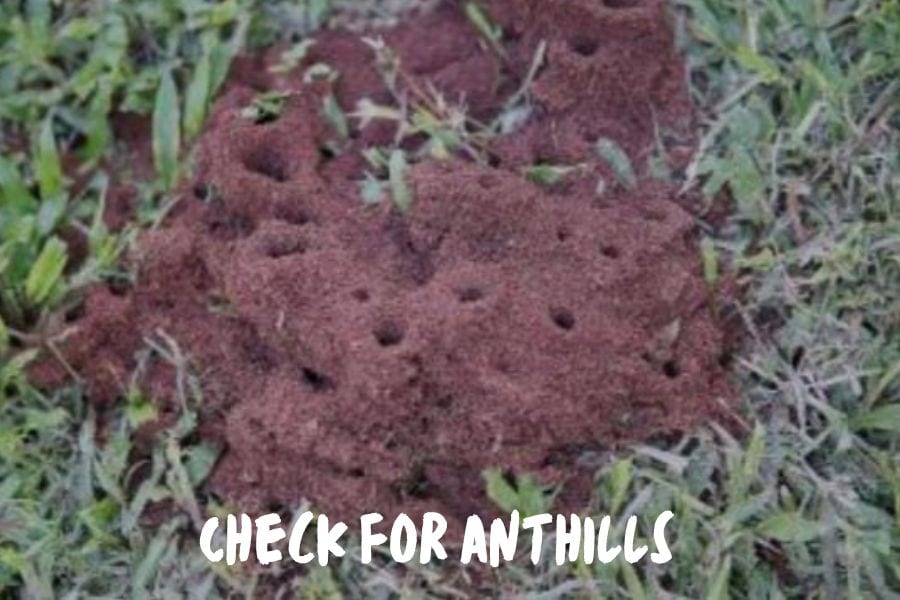
Anthills aren’t always super visible.
That’s why you should always make sure to look out closely for them when you’re choosing your campsite.
Believe me, the last thing you want is to be woken from your sleep by a colony of ants biting you on the bum. Ouch!
Follow The Leave No Trace Principles
And, of course, as with any camping trip – leave no trace. Always remember to acquaint yourself with Leave No Trace principles and adhere to them throughout your trip.
When we venture out into nature, we’re guests, and we need to respect our surroundings.
That means doing everything you can to leave everything exactly the way you found it.
Wrapping It Up
So, what are you waiting for?
With just a few basic pieces of gear, you can head off on a cowboy camping adventure.
Just remember to give yourself some time to adjust. It might not be easy straight away, but if you push through the uneasy feeling of vulnerability, you’ll fall in love with the freedom it offers.
Yeehaw!


